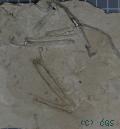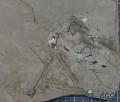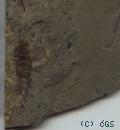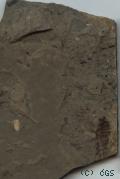Chordates
Chordates (phylum Chordata) are animals which are either vertebrates or one of several closely related invertebrates. They are united by having, for at least some period of their life cycle, a notochord, a hollow dorsal nerve cord, pharyngeal slits, an endostyle, and a post-anal tail. The phylum Chordata consists of three subphyla: Urochordata, represented by tunicates; Cephalochordata, represented by lancelets; and Craniata, which includes Vertebrata. The Hemichordata have been presented as a fourth chordate subphylum, but they are now usually treated as a separate phylum. Urochordate larvae have both a notochord and a nerve cord which are lost in adulthood. Cephalochordates have a notochord and a nerve cord (but no brain or specialist sensory organs) and a very simple circulatory system. Craniates are the only sub-phylum whose members have skulls. In all craniates except for hagfish, the dorsal hollow nerve cord is surrounded with cartilaginous or bony vertebrae and the notochord is generally reduced; hence, hagfish are not regarded as vertebrates. The chordates and three sister phyla, the Hemichordata, the Echinodermata and the Xenoturbellida, make up the deuterostomes, one of the two superphyla that encompass all fairly complex animals.
Attempts to work out the evolutionary relationships of the chordates have produced several hypotheses. The current consensus is that chordates are monophyletic, meaning that Chordata contains all and only the descendants of a single common ancestor which is itself a chordate, and that craniates' nearest relatives are cephalochordates. All of the earliest chordate fossils have been found in the Early Cambrian Chengjiang fauna, and include two species that are regarded as fish, which implies that they are vertebrates. Because the fossil record of chordates is poor, only molecular phylogenetics offers a reasonable prospect of dating their emergence. However, the use of molecular phylogenetics for dating evolutionary transitions is controversial.
It has also proved difficult to produce a detailed classification within the living chordates. Attempts to produce evolutionary "family trees" give results that differ from traditional classes because several of those classes are not monophyletic. As a result vertebrate classification is in a state of flux.
Source: http://en.wikipedia.org/wiki/Chordates In the Virtual Museum there are total 460 samples | ||
Virtual museum of the Czech Geological Survey, www.geology.cz, (C) Czech Geological Survey, 2011, v.0.99 [13.12.2011]


![[ENG]](img/vlajka-cr.gif) Èesky
Èesky 









